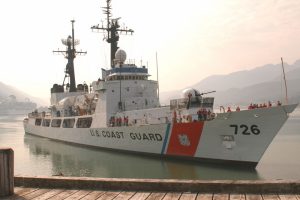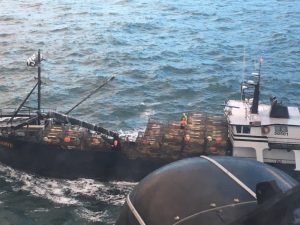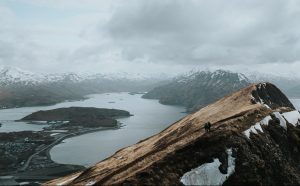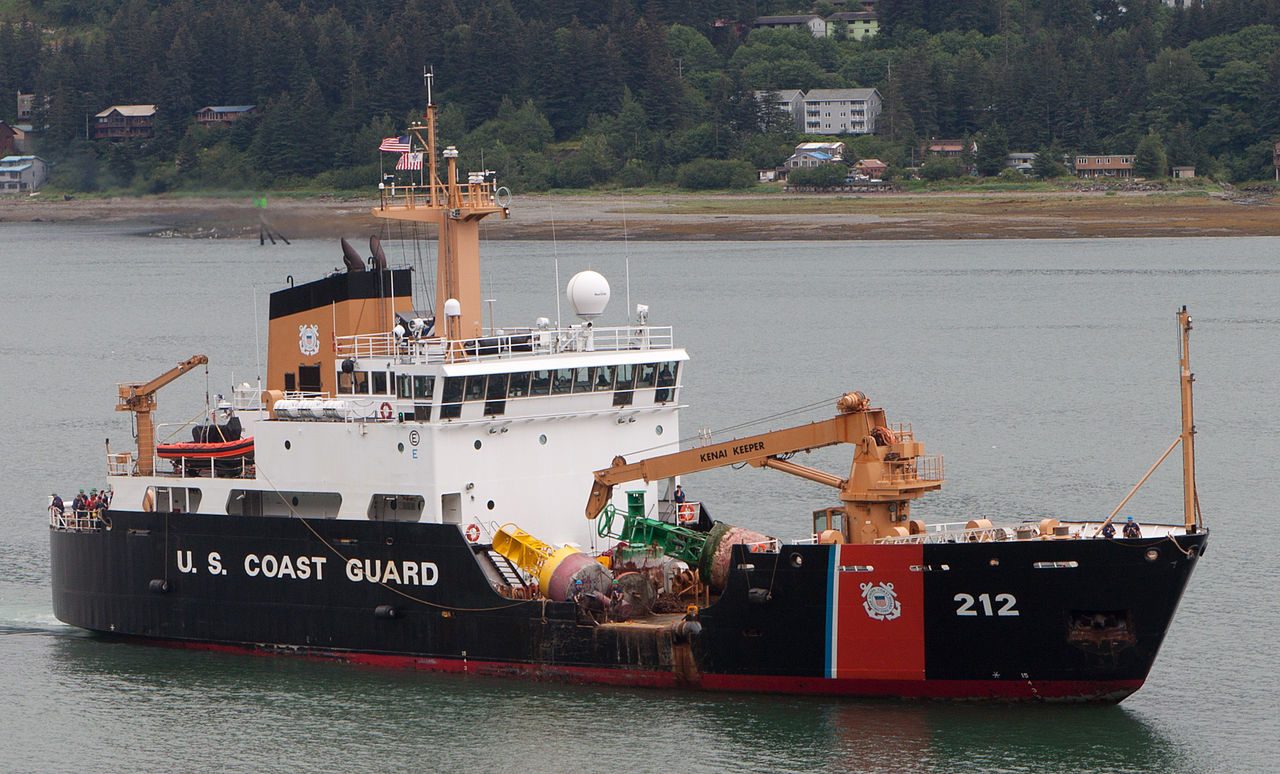$3.3 Million Awarded to Injured Maritime Worker
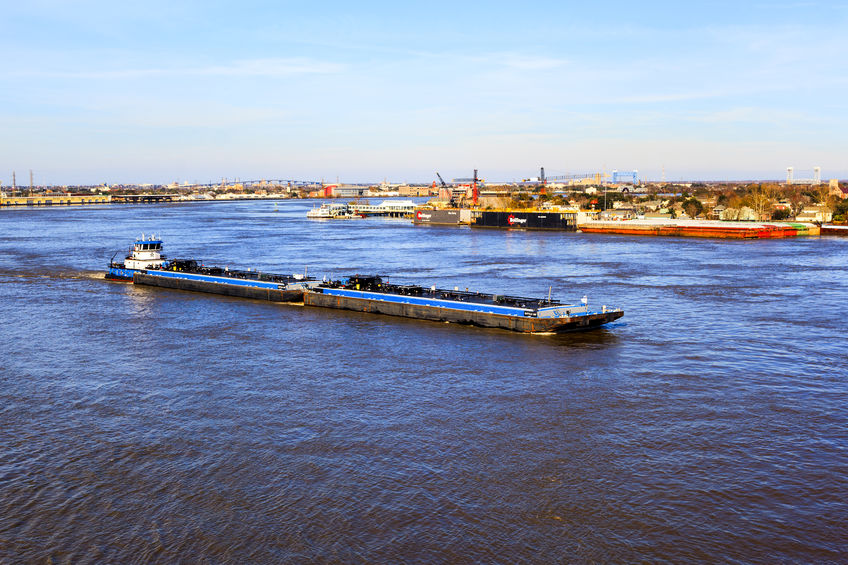 A maritime construction worker has been awarded $3.3 million after a Louisiana federal court judge ruled that the worker’s head and spinal injuries were due to a captain’s negligence. The case was covered by the Jones Act and the Longshore and Harbor Workers’ Compensation Act (LHWCA).
A maritime construction worker has been awarded $3.3 million after a Louisiana federal court judge ruled that the worker’s head and spinal injuries were due to a captain’s negligence. The case was covered by the Jones Act and the Longshore and Harbor Workers’ Compensation Act (LHWCA).
Devin Barrios, a maritime construction worker, was transferring a portable generator from a boat to a barge when the accident occurred. Rather than secure the two vessels properly with mooring lines, the captain used engine power alone to hold the two vessels together during the transfer. The 22-year old was straddling the two vessels when they unexpectedly shifted. Barrios fell in the water, and the 150-pound generator tumbled down on top of him. He suffered a head injury with mild brain trauma that required 28 staples, and his spinal injuries required surgery. There is still the possibility of future surgery.
Jones Act and LHWCA grant unique and special rights to maritime workers. The LHWCA provides rights for land-based workers who perform work on, for, and around vessels. Employers are required to provide compensation irrespective of fault for the accidental injury or death arising out of a covered worker’s employment. Under the Jones Act, an employer is required to provide crewmembers with a reasonably safe place to work and reasonable care to prevent injuries. Negligence is the failure to do something that a reasonably prudent person would do, or not do, under similar circumstances. In this case, the reasonable and prudent option would have been to use mooring lines during the transfer of equipment. In the event of an injury, the employer is obligated to provide maintenance and cure, regardless of fault or negligence.
 Maritime Injury Law Blog
Maritime Injury Law Blog



